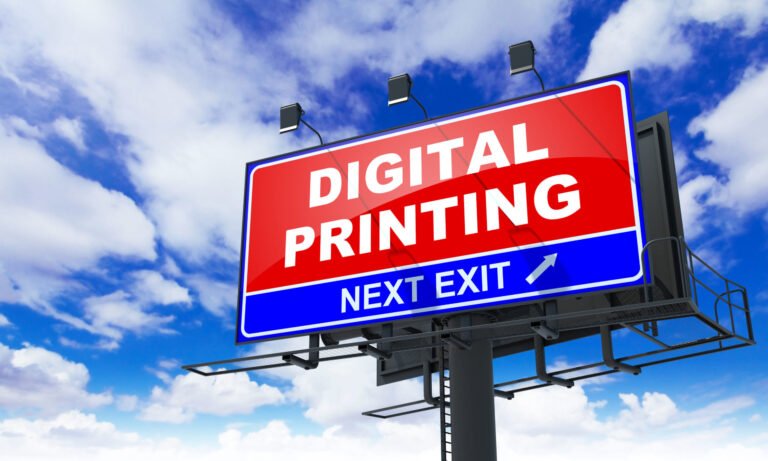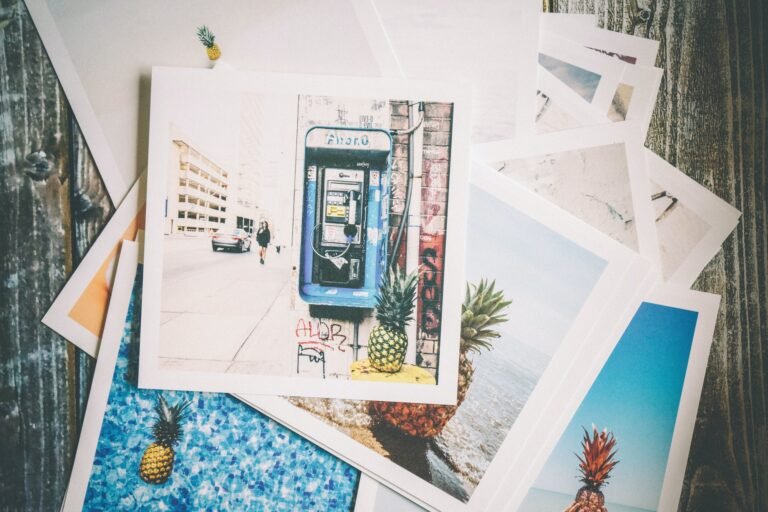Printing of Headed Papers (Letterheads) in Uganda
Putting it simply: A headed sheet of paper is a blank sheet of paper that includes a person’s or business’s contact information at the top. It is the paper on which businesses and professionals communicate with the public. It should always include the following:
- The company’s name and logo
- Information about the business
- Contact information
In other words, the recipient of correspondence on letterhead must have all necessary contact information.
Whether you’re distributing a formal introduction to prospective clients or mailing a cheerful greeting to an old friend, the right letterhead can make an excellent first impression.
Your letterhead conveys just as much information about your business to your audience as the contents of your correspondence. It communicates your company’s professionalism, informing the reader of your attention to detail, consistency, and organization. Additionally, it establishes a tone, introduces you, and the impression it leaves will last. That is why it is critical to select the best paper for printing your letterhead.
Letterhead paper is thicker than regular copier paper. Ordinary copier paper weighs 80 grams per square metre (gsm), whereas letterhead should weigh at least 100gsm. While brochures and other promotional materials are frequently printed on coated paper, letterhead should be printed on uncoated paper. This is because letters will be signed and the recipient may wish to jot a note on the letter, which is difficult to do on coated paper. The coated paper also performs poorly in laser and inkjet printers.
This limits the types of paper suitable for letterhead printing to uncoated paper weighing at least 100gsm. There are several types of paper that meet those criteria; therefore, the next question is which one best reflects the company’s brand.
Choosing the Best Uncoated Letterhead Paper
When deciding on the best paper types for letterhead printing, the objective is to strike a balance between form and function. In other words, the paper should reflect the brand’s identity while also serving as a vehicle for a legible letter. While letterhead should be distinctive and the source of the letter immediately obvious, it should not be too quirky or gimmicky to use, store, or read. The branding should not take precedence over the letter’s content.
The eye is drawn to colour first. Letterhead paper should be white or cream to facilitate reading, but the printed logo and company information at the top and bottom should incorporate the brand’s signature colours. A skilled printer can advise you on how to fit everything into a standard format, ensuring that your logo stands out, your contact information is prominent, and the letter itself is easily read.
Different types of printing paper have varying textures. Letterhead paper is available in a variety of textures, from smooth to linen-like. Budget constraints and brand image are critical considerations when selecting a paper texture for letterhead stationery. A solicitor or accountant may choose a more textured paper to convey a sense of propriety and dignity, as well as the likelihood that their clients will retain the correspondence for their colours. However, textured paper is not a standard for letterhead. The majority of businesses use a smooth, matte, uncoated paper between 100 and 120gsm because it is affordable, functional, and attractive.
If you’re unsure which type of printing paper is best for your company’s letterhead, you can consult a letterhead printing company for guidance. They will gladly discuss your unique requirements and advise you on the most cost-effective solutions.
Here are the five different types of letterhead paper you can choose from.
1) Sunshine paper
Sunshine paper is a cost-effective, medium-quality paper for letterhead printing. Additionally, this is available in two varieties: 1) 80 gms; 2) 100 gms
It is a slightly yellowish-toned paper that is preferred by small business owners and retailers. Paper of standard quality and environmental friendliness that is recyclable.
2) Cream-colored woven paper (70 GSM)
This is the most frequently used type of paper for letterhead printing. It is constructed entirely of recycled paper. While this is recycled paper, the quality is not compromised. If you’re printing letterhead in bulk, cream wove is the most cost-effective option.
3) Royal Executive bond paper
It is letterhead paper of the premium type. Executive bond’s primary characteristics are that it is wood-free, extremely bright, extremely strong, and of exceptional quality.
Available in two different paperweights: 85 GSM and 100 GSM.
Appropriate for both large-scale and small-scale printing. If you want to verify the authenticity of this premium paper, simply hold it up to the light and you will notice a watermark with the word “Royal Executive Bond.”
4) Texture paper
There are numerous texture papers on the market. It depends on the type you desire and your business background.
Customers have an enjoyable experience with texture paper, which leaves a lasting impression. More information about texture paper can be found here.
5) Alabaster paper
Alabaster paper is the optimal choice for those who will be printing their envelopes on a laser printer. It comes in two varieties: i) 80 gms; ii) 100 gms
Its off-white sheen lends a classic and professional appearance to your letterhead. The ideal choice for corporations, professionals, and large brands.
Creating a headed paper document using MS Word
1. Create your file
The first step in designing anything is to prepare your canvas. This also eliminates the need for you to fiddle with the size of your Microsoft Word document near the end!
Microsoft Word should be open, and a new blank document should be created.
Select ‘Print Layout’ from the View menu.
Select Insert > Header.
Select a header style from the provided options.
If you wish to include a footer with your letterhead design, follow these steps:
Select Insert > Footer.
Select a footer style
2. Incorporate your logo
Your logo is a critical component of your letterhead design. To include this:
Ascertain that you’re adding to your header by double-clicking within it.
Select Design > Image.
Add your computer’s logo image file.
To resize your logo, follow these steps:
Select Size and Position from the context menu of the image.
Under the Size tab, you can adjust the height and width of your logo.
When you’re satisfied, click OK.
3. Add your text
Following that, you’ll want to include the critical information outlined at the beginning of this guide, such as your business’s name. This can be added to either the header or footer.
Navigate to the header or footer of your page.
Enter your information here.
Under the Home tab, select the text and modify its font, size, and colour.
4. Maintain a copy of your design
Once you’re satisfied with your design, save it in a format suitable for printing. What we recommend is as follows:
Select File > Save As from the menu bar.
Choose a location for your design to be saved.
Give your file a name.
Change the save as type’ to ‘PDF’ in the save as type’ the save box.
Once you’ve created a headed paper in Microsoft Word, you can upload it to the printing company’s website, where it will be checked for errors, added bleed, and, if necessary, colour adjusted before going to print.
Frequently Asked Questions
Q: What information should my letterhead include?
A: Businesses will almost certainly want to include their name, address, and phone number. An individual’s name, job title, and contact information should be included.
Q: Do you have pre-populated templates that I can use?
A: Certainly. When you find a letterhead design you like, simply substitute your information for the placeholder information.
Q: Am I permitted to include my logo or an image?
A: You certainly can, though we recommend using a small image to maintain a professional appearance.




